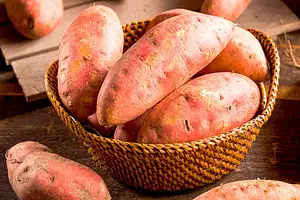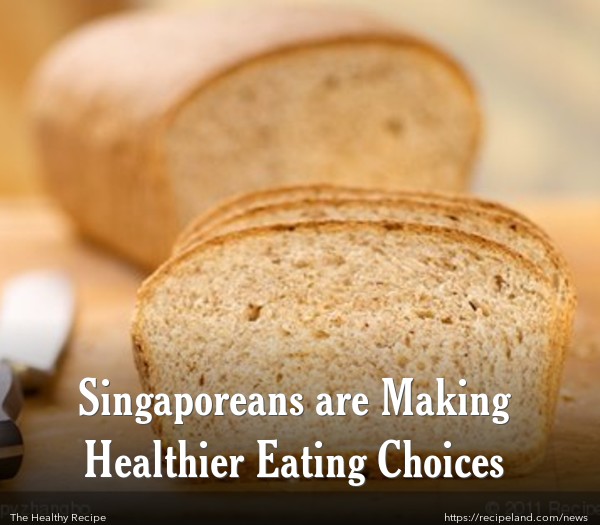Wholegrains are an integral part of any healthy diet. Eating the recommended amount reduces the risk of Type-2 diabetes and heart disease. It can also help with weight management. Wholegrains are rich in protein, fibre, vitamins, minerals, and phytochemicals.
The Health Promotion Board of Singapore has put initiatives into place to increase the amount of wholegrain foods Singaporeans eat. Health Promotion Board programmes such as the Healthier Hawker Centre and FINEST food programmes encourage Singaporeans to consciously add wholegrain foods to their diet. These programmes are working!
Research indicates that consumption of refined carbohydrates, like white bread, noodles, and white rice, has dropped by 11% from 2004 to 2010. Meanwhile, the amount of Singaporeans who eat a serving of wholegrain foods at least once a day has risen from 8.4% in 2004 to 27% in 2010. Many Singaporeans report eating wholegrain foods such as oats, brown rice, and wholegrain bread.
The Health Promotion Board has released Dietary Guidelines recommending adults eat 2-3 servings of wholegrains as part of their 5-7 servings of Rice and Alternatives. In order to increase the amount of wholegrains eaten on a daily basis, the Health Promotion Board offers these suggestions:
- Use one piece of white bread and one piece of whole grain bread to make a sandwich.
-Choose wholegrain cereals.
-Serve a mixture of brown and white rice with your meal.
The Health Promotion Board is at the forefront of developing and producing wholegrain foods and making them available through its Healthier Hawker Centre and FINEST food programmes. Wholegrain ingredients like wholegrain mee pok and mee kia are available for hawkers to use as they prepare food for sale. Singaporeans are also buying more wholegrain foods to prepare in their own kitchens. Since 2009, wholegrain bread and rice purchase have gone from 9% to 20% in 2012.
more, we want to make sure that affordable and healthier versions of their favourite dishes are available. This means working across the entire value chain, from the development of healthier ingredients, to the distribution and supply of these ingredients, to the front-end food preparation by our food vendors to serve healthy and tasty dishes. The research findings suggest that the recent national public health efforts in promoting wholegrain intake have had positive effects, which support this strategy and encourages us to consumers towards healthier eating habits.”
Singaporeans are also making healthier choices for the cooking oils they use when preparing dishes at home. In 2010, 59% of Singaporeans reported cooking with unsaturated oils instead of oils high in saturated fats. Healthier Choice cooking oils comprise 60% of cooking oil sales, which are up from 40% in 2009.
In order to educate the public about the nutritional value of the foods they are purchasing, the Health Promotion Board is requiring food companies who want to maintain their Healthier Choice license to include front-of-pack Guideline Daily Amounts labels. This labelling indicates the amount of calories and nutrients per serving of the food.
SOURCES: https://www.hpb.gov.sg/HOPPortal/content/conn/HOPUCM/
path/Contribution%20Folders/uploadedFiles/HPB_Online/News_and_Events/News
/2013/More_Singaporeans_Opting_for_Wholegrain_Foods.pdf;
https://wholegrainscouncil.org/node/10788/print;










Comments